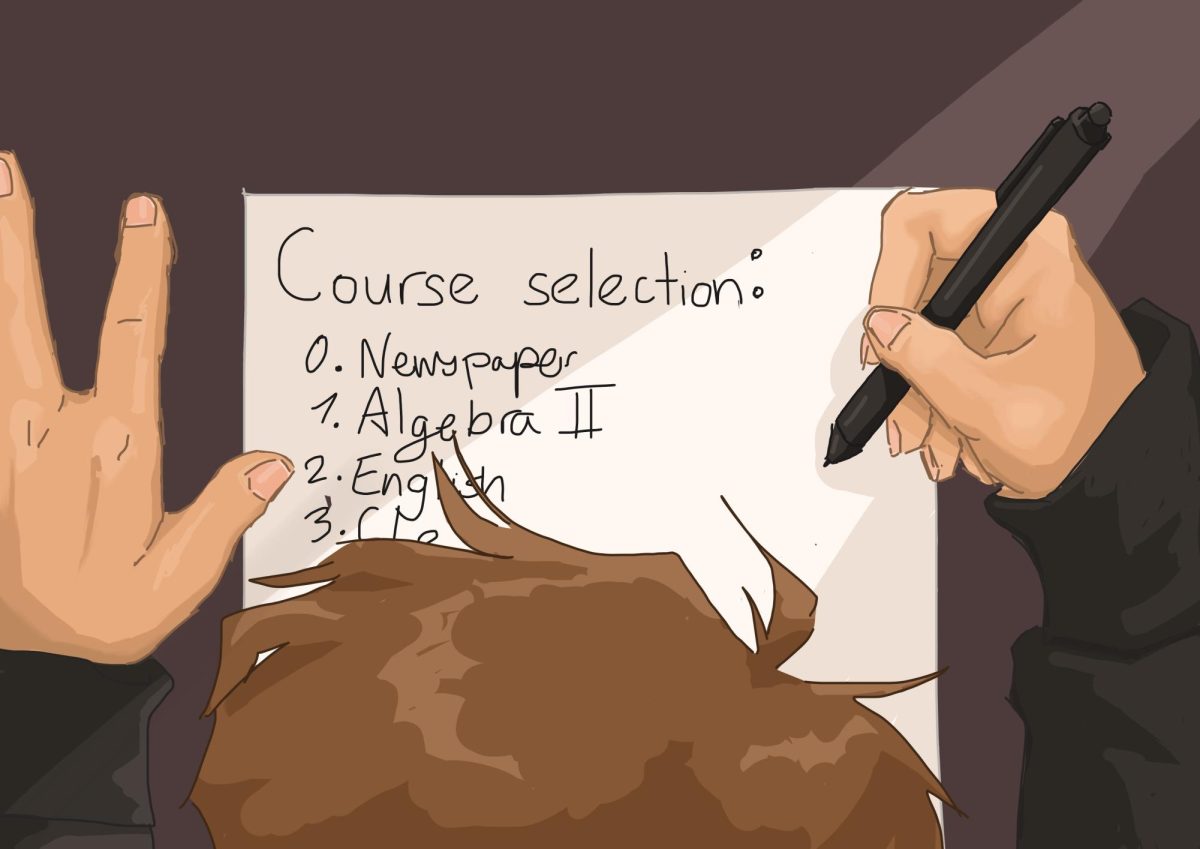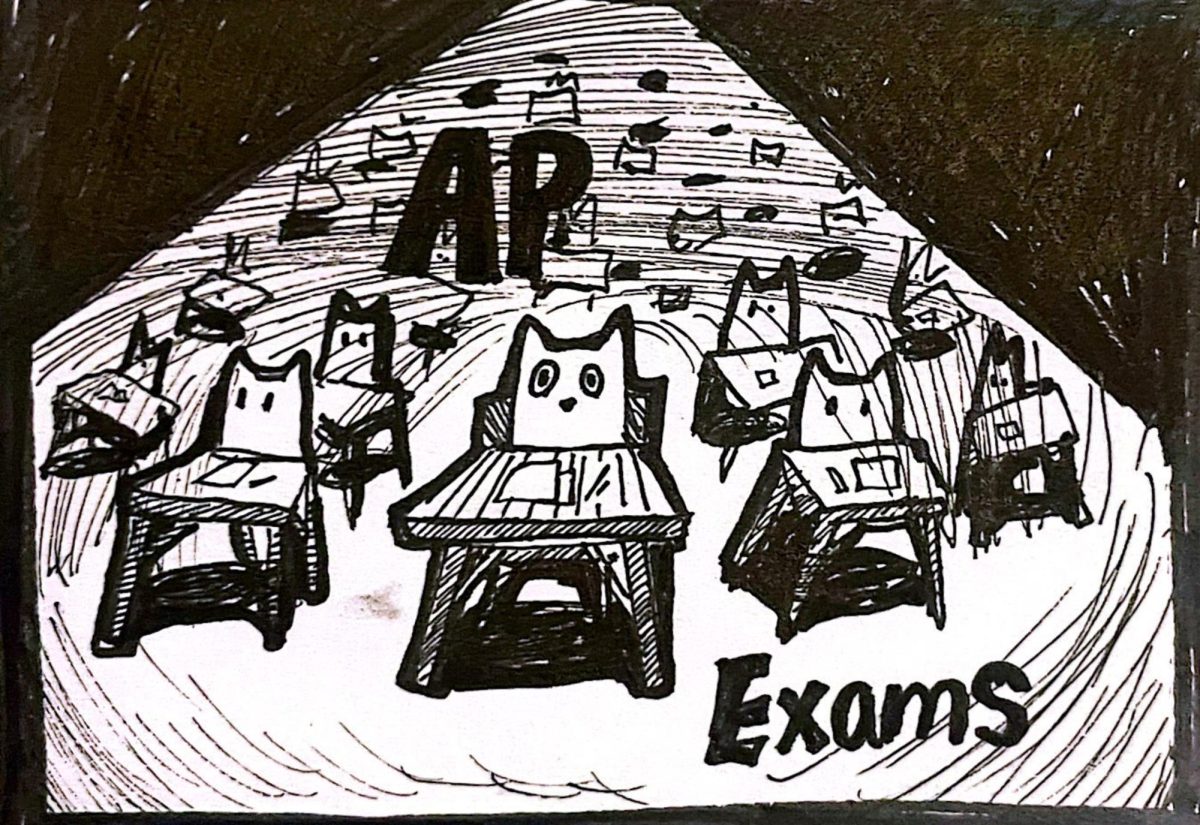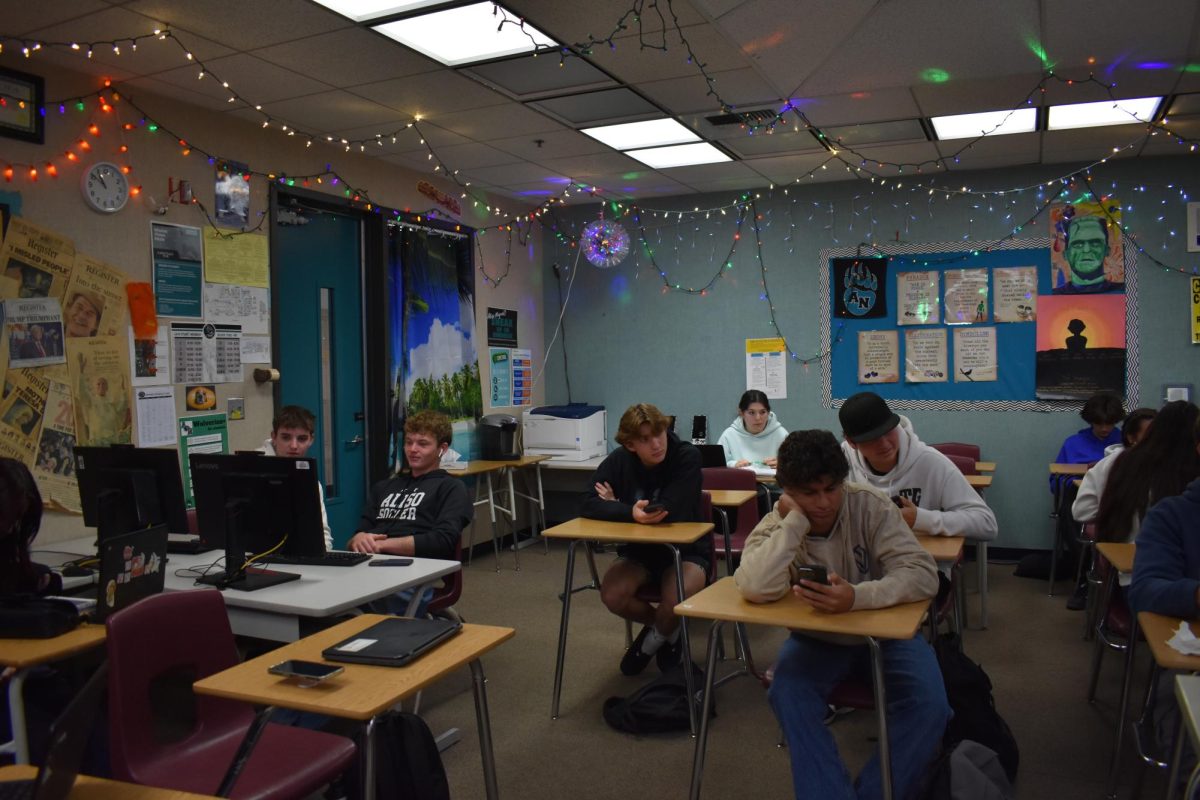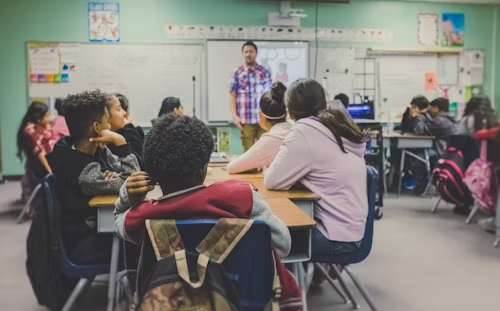Over the last decade, technology has become a central part of the classroom experience. From tablets and laptops to digital assignments and learning apps, technology is now an essential learning tool for teachers and students. But as schools continue to embrace this digital shift, it raises a bigger question: is technology really helping students learn, or is it just creating more distractions?
There’s no doubt that technology has its advantages. For one, digital learning tools like Canvas have made it easier for students to access their assignments, email teachers and even get extra help outside the classroom. Students don’t need to worry about forgetting homework at home or school because everything is now online.
Also, online sources have been opening up endless opportunities for self-paced learning. For many, tools like Quizlet and YouTube tutorials have helped clarify concepts in ways textbooks sometimes can’t.
Ms. Sepe notes, “Technology should be used as a tool like any other; it also hurts students by making them lazier in their work habits.”
While technology provides easy access to information and resources, it can also lead to complacency and a reduced effort to engage in deeper learning.
However, technology’s benefits come with a set of challenges. For one, many students are distracted by social media and games during class.
A quick scroll through Instagram or TikTok may feel harmless, but it often leads to students losing focus, not to mention the constant pressure to stay connected with friends outside of class. A quick search for “study tips” on YouTube can easily become a two-hour binge-watching lesson.
Some argue that technology is making it harder for students to focus, resulting in lower productivity and poorer retention of information.
Another concern is the rise of screen fatigue. Spending hours on laptops and tablets both for classwork and homework can be draining.
On top of that, not all students have equal access to technology. While some students might have the latest laptops and high-speed internet at home, others may struggle to afford a reliable device or a stable internet connection.
This difference can leave some students at a disadvantage, further widening the gap between those who can excel with online tools and those who can’t.
Ms. Sepe points out, “Students may rely on technology too much, when we don’t have access to the internet, kids don’t know how to find information.”
This overreliance on digital tools can leave students unprepared for situations where technology is unavailable, limiting their ability to think critically or independently.
So, is technology in education helping or hurting us? The truth is, it’s both. Technology has certainly opened doors to innovative ways of learning, but it also comes with potential drawbacks that can’t be ignored.
The key is finding a balance in using technology to help educate without getting in the way of face-to-face interactions with teachers and students, mental well-being and real-life experiences. As students, we have the responsibility to manage our use of digital tools in a way that supports, not distracts from, our learning.
The future of education lies in how we adapt to this digital age. If we learn how to use technology wisely, it can be a helpful tool in classes with the help of teachers, school administrators and students.











